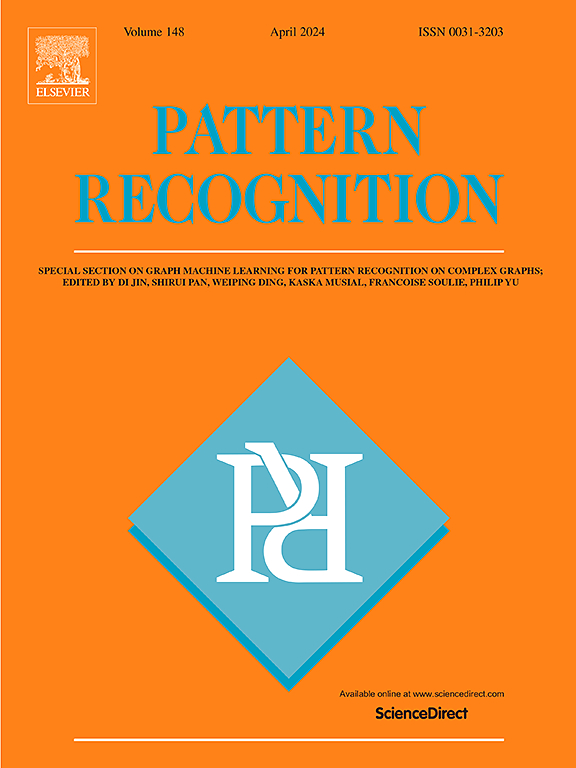LiteNeRFAvatar: A lightweight NeRF with local feature learning for dynamic human avatar
IF 7.6
1区 计算机科学
Q1 COMPUTER SCIENCE, ARTIFICIAL INTELLIGENCE
引用次数: 0
Abstract
Creating high-quality dynamic human avatars within acceptable costs remains challenging in computer vision and computer graphics. The neural radiance field (NeRF) has become a fundamental means of generating human avatars due to its success in novel view synthesis. However, the storage-intensive and time-consuming per-scene training due to the transformation and evaluation of massive sampling points constrains its practical applications. In this paper, we introduce a novel lightweight NeRF model, LiteNeRFAvatar, to overcome these limits. To avoid the high-cost backward transformation of the sampling points, LiteNeRFAvatar decomposes the appearance features of clothed humans into multiple local feature spaces and transforms them forward according to human movements. Each local feature space affects a limited local area and is represented by an explicit feature volume created by the tensor decomposition techniques to support fast access. The sampling points retrieve the features based on the relative positions to the local feature spaces. The densities and the colors are then regressed from the aggregated features using a tiny decoder. We also adopt an empty space skipping strategy to further reduce the number of sampling points. Experimental results demonstrate that our LiteNeRFAvatar achieves a satisfactory balance between synthesis quality, training time, rendering speed and parameter size compared to the existing NeRF-based methods. For the demo of our method, please refer to the link on: https://youtu.be/UYfreeHtIZY. The source code will be released after the paper is accepted.
LiteNeRFAvatar:一个轻量级的NeRF,具有动态人类头像的局部特征学习功能
在可接受的成本内创建高质量的动态人类化身在计算机视觉和计算机图形学中仍然具有挑战性。神经辐射场(neural radiance field, NeRF)由于在新视角合成方面的成功,已经成为生成人类虚拟形象的基本手段。然而,由于大量采样点的变换和评估,导致的单场景训练需要大量的存储和时间,限制了其实际应用。在本文中,我们引入了一种新的轻量级NeRF模型LiteNeRFAvatar来克服这些限制。为了避免采样点的高成本反向变换,LiteNeRFAvatar将穿着人体的外观特征分解为多个局部特征空间,并根据人体的运动向前变换。每个局部特征空间影响一个有限的局部区域,并由张量分解技术创建的显式特征体表示,以支持快速访问。采样点根据与局部特征空间的相对位置检索特征。然后使用一个微小的解码器从聚合特征中回归密度和颜色。为了进一步减少采样点的数量,我们还采用了空白空间跳变策略。实验结果表明,与现有的基于nerf的方法相比,我们的LiteNeRFAvatar在合成质量、训练时间、渲染速度和参数大小之间取得了令人满意的平衡。对于我们的方法的演示,请参考链接:https://youtu.be/UYfreeHtIZY。论文被录用后,将发布源代码。
本文章由计算机程序翻译,如有差异,请以英文原文为准。
求助全文
约1分钟内获得全文
求助全文
来源期刊

Pattern Recognition
工程技术-工程:电子与电气
CiteScore
14.40
自引率
16.20%
发文量
683
审稿时长
5.6 months
期刊介绍:
The field of Pattern Recognition is both mature and rapidly evolving, playing a crucial role in various related fields such as computer vision, image processing, text analysis, and neural networks. It closely intersects with machine learning and is being applied in emerging areas like biometrics, bioinformatics, multimedia data analysis, and data science. The journal Pattern Recognition, established half a century ago during the early days of computer science, has since grown significantly in scope and influence.
 求助内容:
求助内容: 应助结果提醒方式:
应助结果提醒方式:


